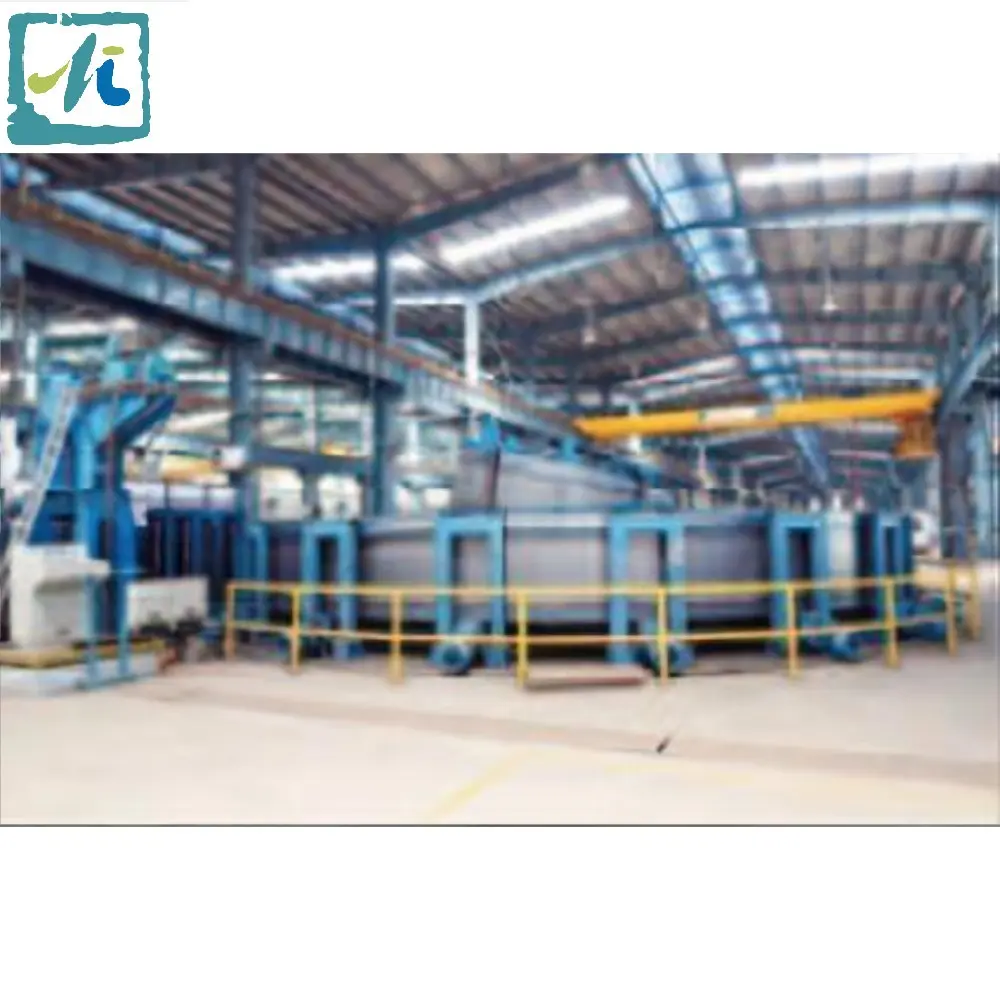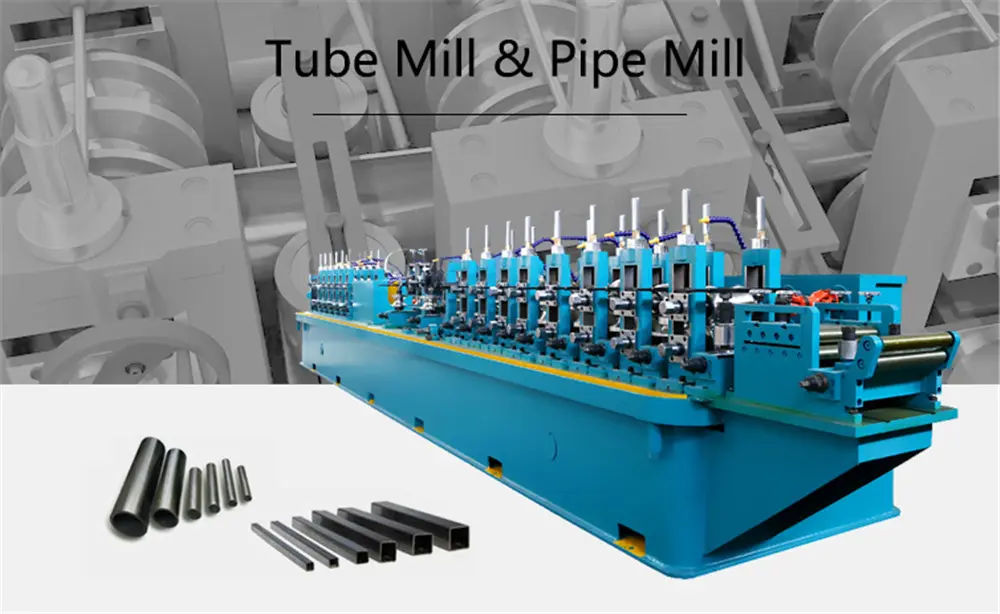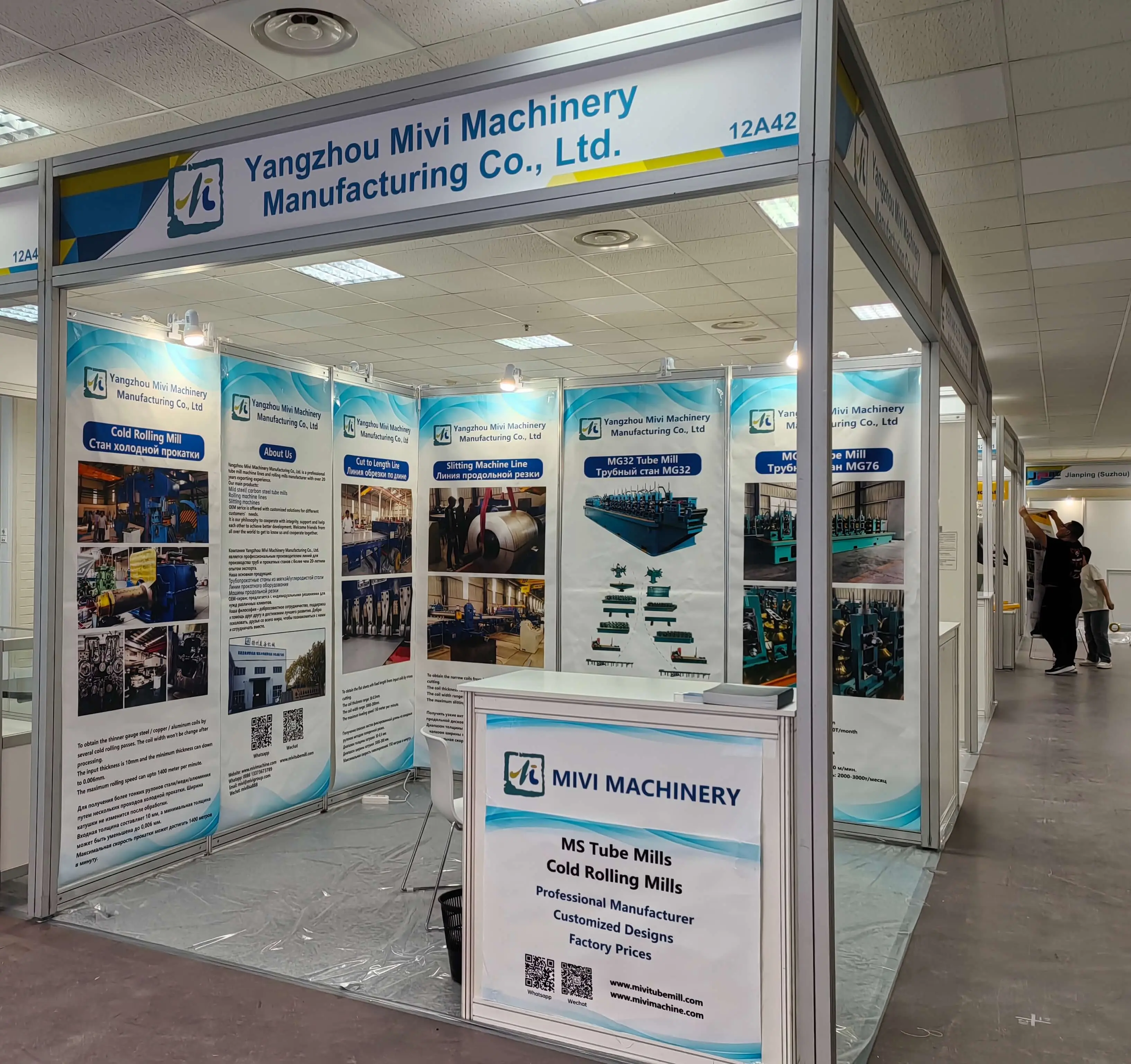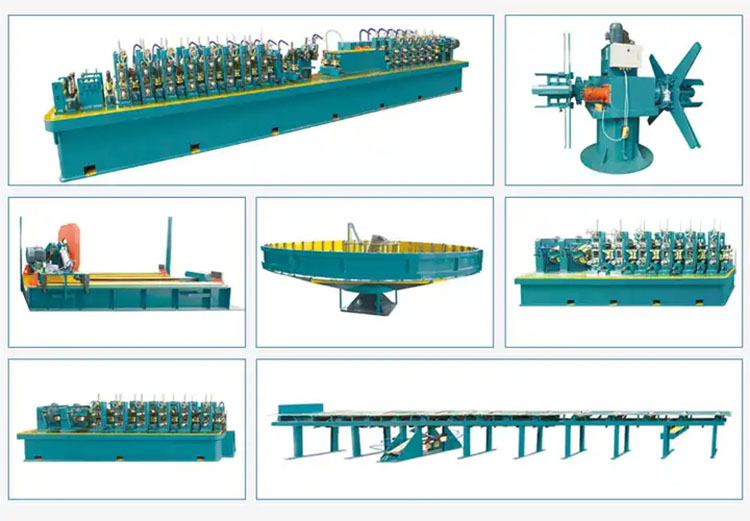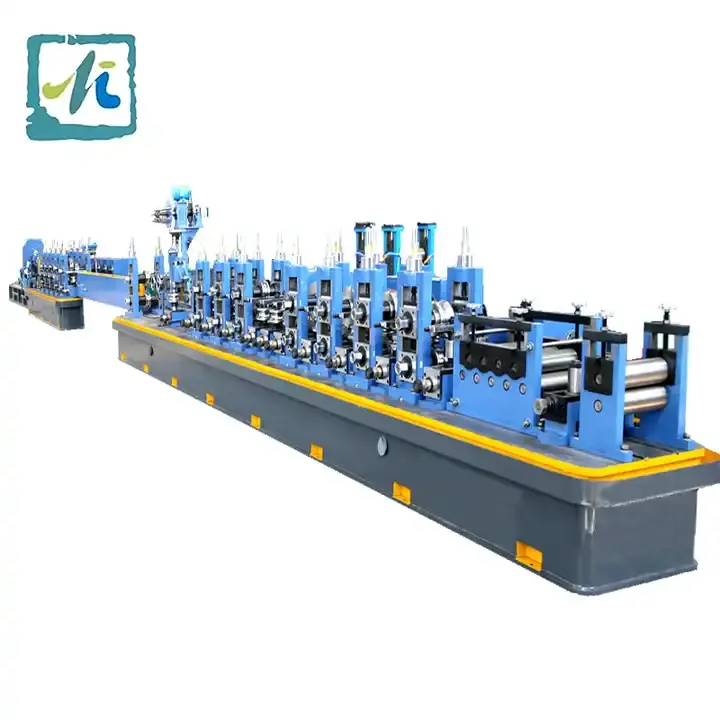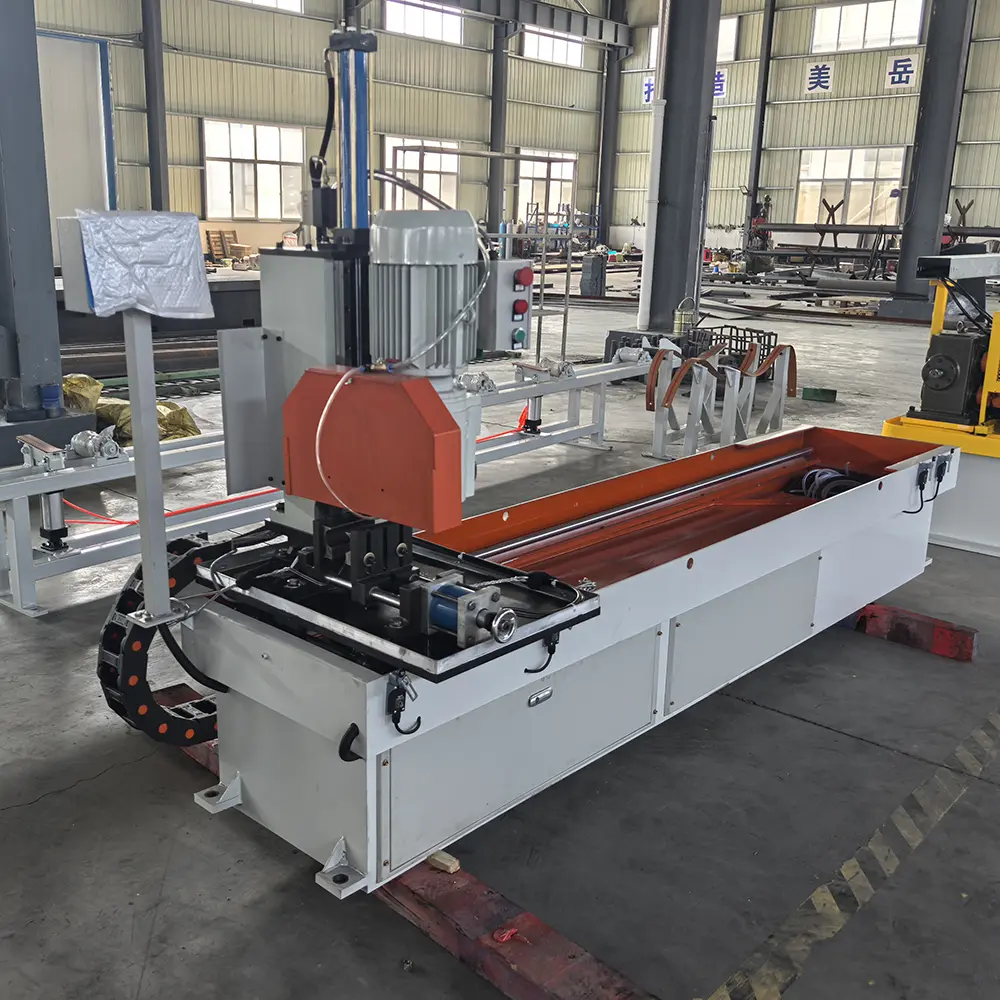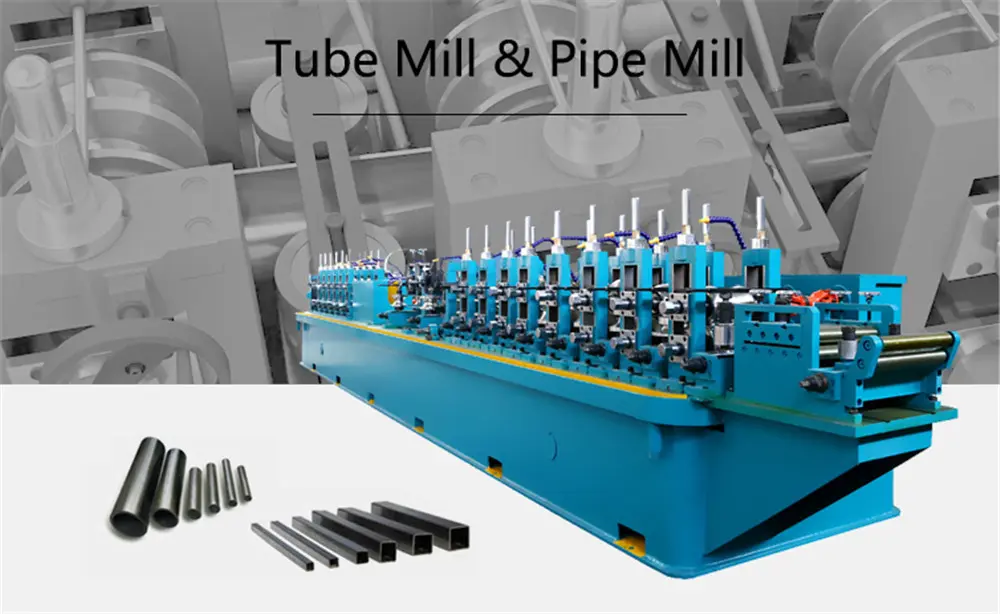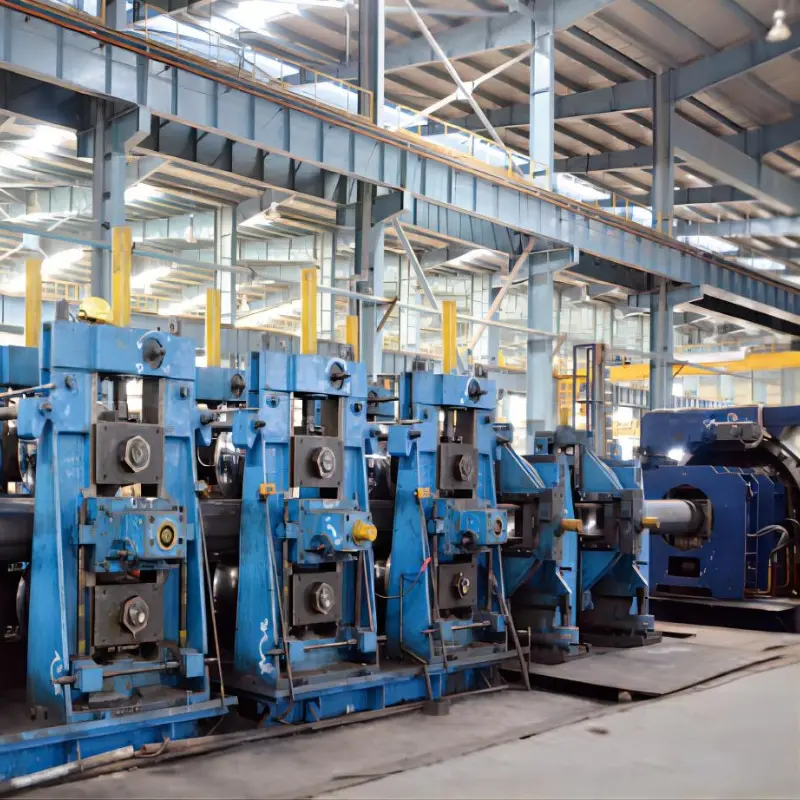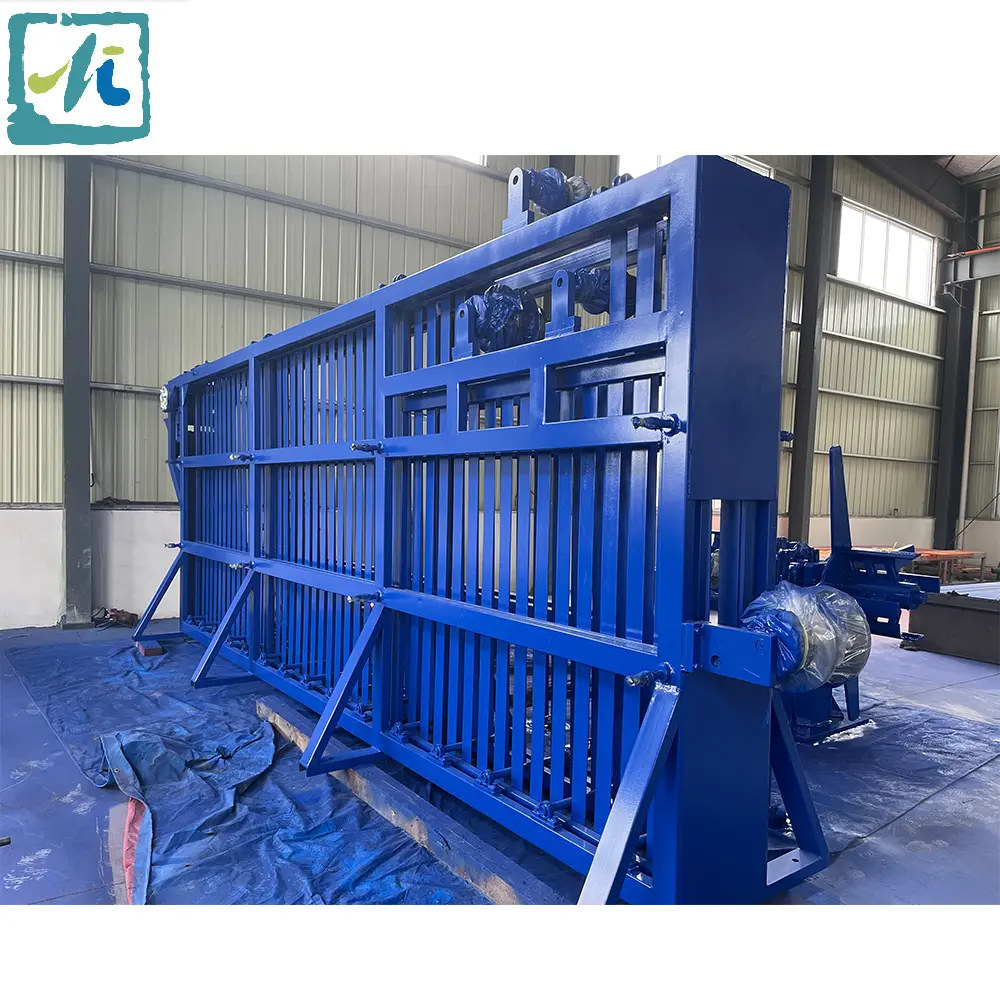Working process of high frequency pipe welder
The working process of the high-frequency pipe welding machine begins with the steel strip being fed into the machine. The strip is then passed through a series of rollers, gradually shaping it into the desired tube shape, such as round, rectangular, square or shaped. Once the steel strips form the desired shape, they are fed into the welding section of the machine, where the actual welding process takes place. High-frequency welding technology is used to join the edges of steel strips together to form durable welds.
One of the main advantages of high-frequency pipe welding machines is the ability to produce high quality welded pipes with minimal material waste. This is achieved by precisely controlling welding parameters, including frequency and power output, resulting in a consistently strong and uniform weld. In addition, these machines are capable of handling a wide range of steel grades and thicknesses, making them suitable for a variety of industrial applications.
In summary, the high-frequency pipe welding machine plays a vital role in the production of steel pipes (including round pipes, rectangular pipes, square pipes, shaped pipes). The versatility and precision of these machines make them indispensable in the steel pipe industry, where high quality welded pipes are in high demand. By understanding the working process of the high-frequency pipe welding machine, we can appreciate the ingenuity and engineering behind the production of durable steel pipes.



